
PEOPLE. ANIMALS. WORLD.

PEOPLE. ANIMALS. WORLD.

Scroll to discover
cultivated meat
Click to discover
cultivated meat
Cultivated Meat is
real meat,
made without killing animals.

A vision for the future of meat production with cultivated meat
Nature’s most elemental building blocks - cells - are cultivated to become true animal products 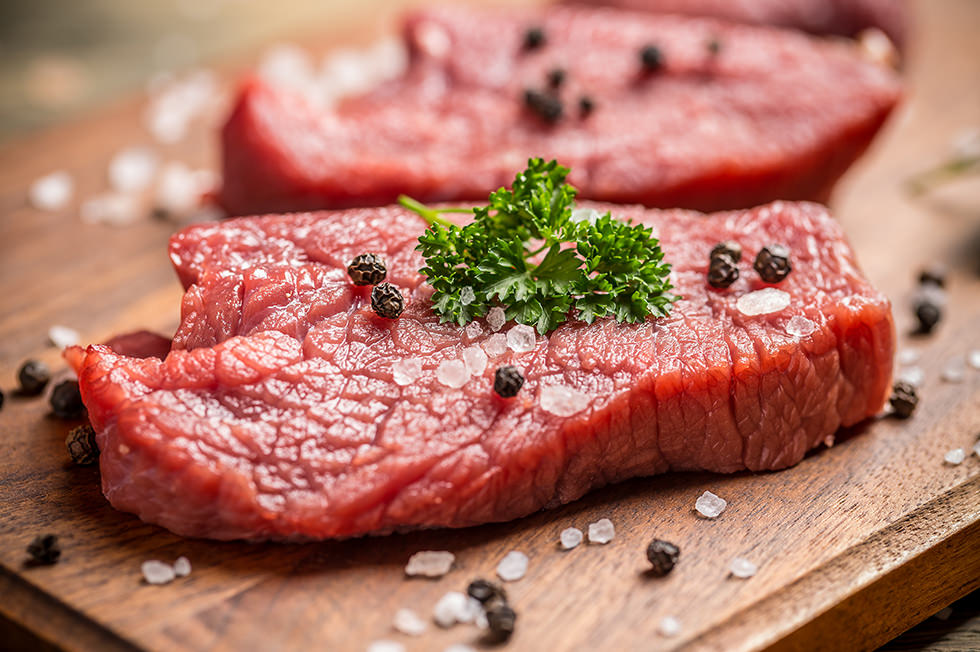 without the need to raise and slaughter animals.
without the need to raise and slaughter animals.
Cultivated meat is creating a relationship that respects both animals  and the planet
and the planet  . It unlocks the same foods that have been consumed around the world for thousands of years.
. It unlocks the same foods that have been consumed around the world for thousands of years.
Join in
Stay on top of From Fauna
with our newsletter
Support From Fauna
Join us in creating a brighter future
for the people, the animals, and the world.
Healthier societies  having access to safer, perfectly-monitored meat products
having access to safer, perfectly-monitored meat products  without antibiotics or risk of foodborne disease.
without antibiotics or risk of foodborne disease.
NO
hormones
antibiotics
foodborne disease
Respect for animal life  in producing animal products
in producing animal products 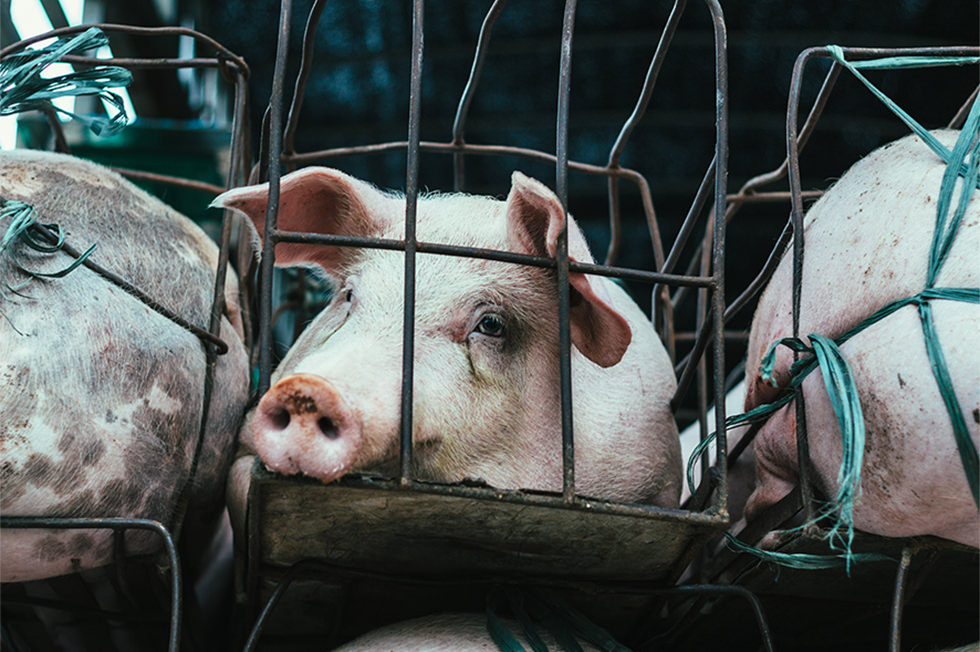 without animal suffering.
without animal suffering.
STOP
animal cruelty
overfishing
wildlife trade
Cultivating a sustainable future 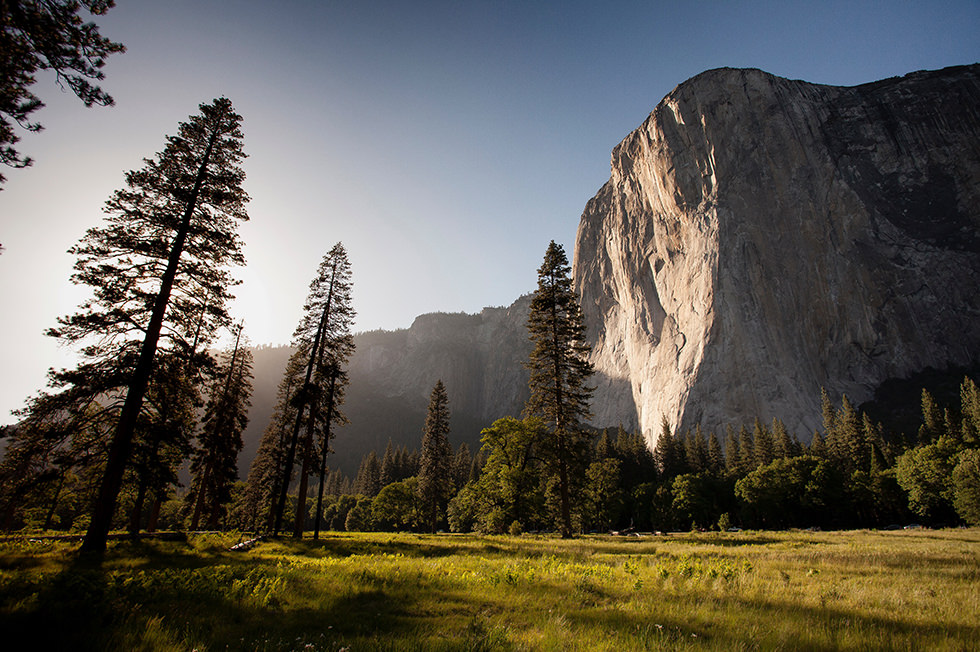 that reduces our use of natural resources
that reduces our use of natural resources 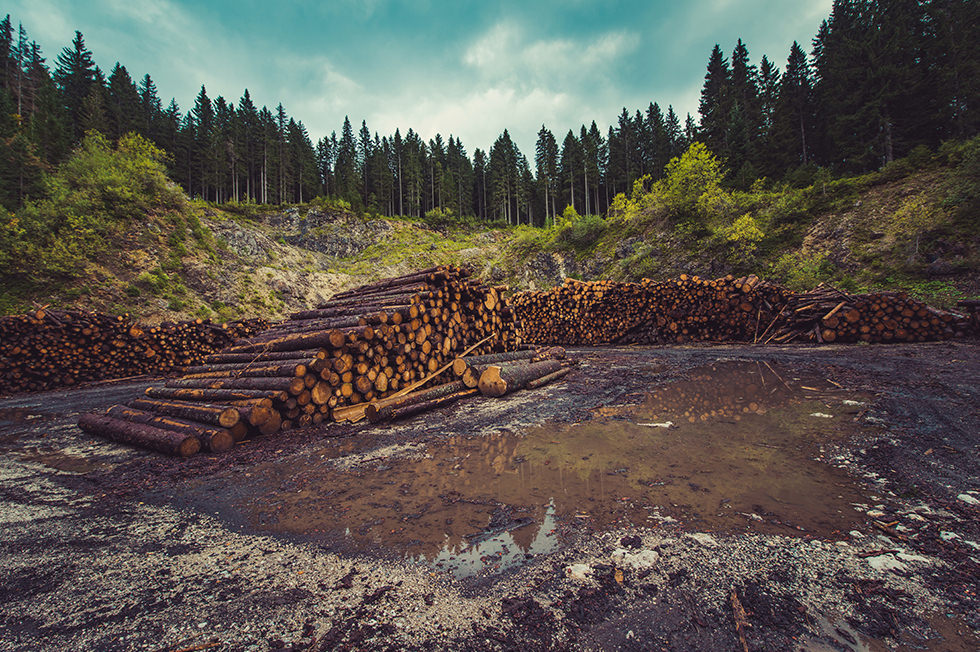 without asking for mass behavior change.
without asking for mass behavior change.
UP TO
94%
less water
required
UP TO
92%
less greenhouse
gas emissions
UP TO
90%
less land
required
Discover 90 Reasons
Our free Harvard & Stanford-Profiled publication on the benefits of Cultivated Meat.
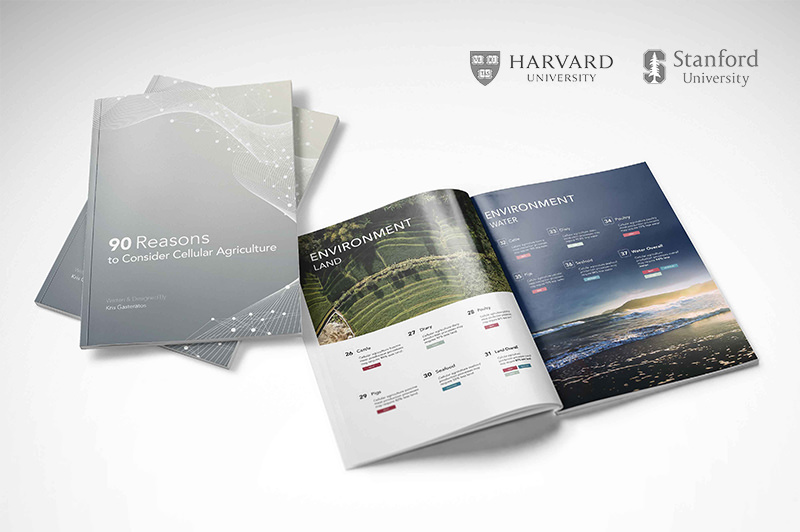
"If only half of 90 Reasons becomes true,
cultivated meat will be one of the most important
advancements of the century."
KRIS SPIROS
WASHINGTON POST, MAY 2019
Join in
Stay on top of From Fauna
with our newsletter
Support From Fauna
Join us in creating a brighter future
for the people, the animals, and the world.
Cultivated meat follows the
same process that happens in an animal's body.
Growing animal cells outside of animals.
Step 1
ISOLATE
Take a one-time, harmless biopsy from a single farm animal and isolate cells with ideal properties for cultivated meat. These properties include the ability to rapidly grow and differentiate into the desired product. In theory, only one biopsy is ever needed for unlimited cultivated meat production.
Step 2
FEED
Just as farm animals need to be fed, cells need nutrients to grow and double. Cells in a cultivated meat system are fed nutrients like vitamins, sugars, salts, and proteins, the same as their host animals would consume on a farm. The cells consume these nutrients in a mixture called cellular media. This media is provided to cells in a Cell Cultivator, a warm, controlled environment like the one above where cells can consume the nutrients they need to multiply.
Step 3
SPECIFY
The cells then go to another controlled environment called a Product Cultivator, where they undergo a process called differentiation that allows them to form into their mature cell types such as muscle, fat, skin, or bone. This process includes the use of a scaffolding system that provides structure and direction to the cells, ultimately allowing them to merge into complete tissues.
Step 4
HARVEST
After the cells fuse into tissues, they undergo final processing steps and are ready to become their final animal product. The example above shows cow muscle cells merging to become ground beef, and a more complicated process, where muscle cells, fat cells, and connective tissue merge to create a steak. After rigorous testing for safety and quality, a true animal product as we know them today is ready to be harvested.
Join in
Stay on top of From Fauna
with our newsletter
Support From Fauna
Join us in creating a brighter future
for the people, the animals, and the world.
Join in
Stay on top of From Fauna
with our newsletter
Support From Fauna
Join us in creating a brighter future
for the people, the animals, and the world.